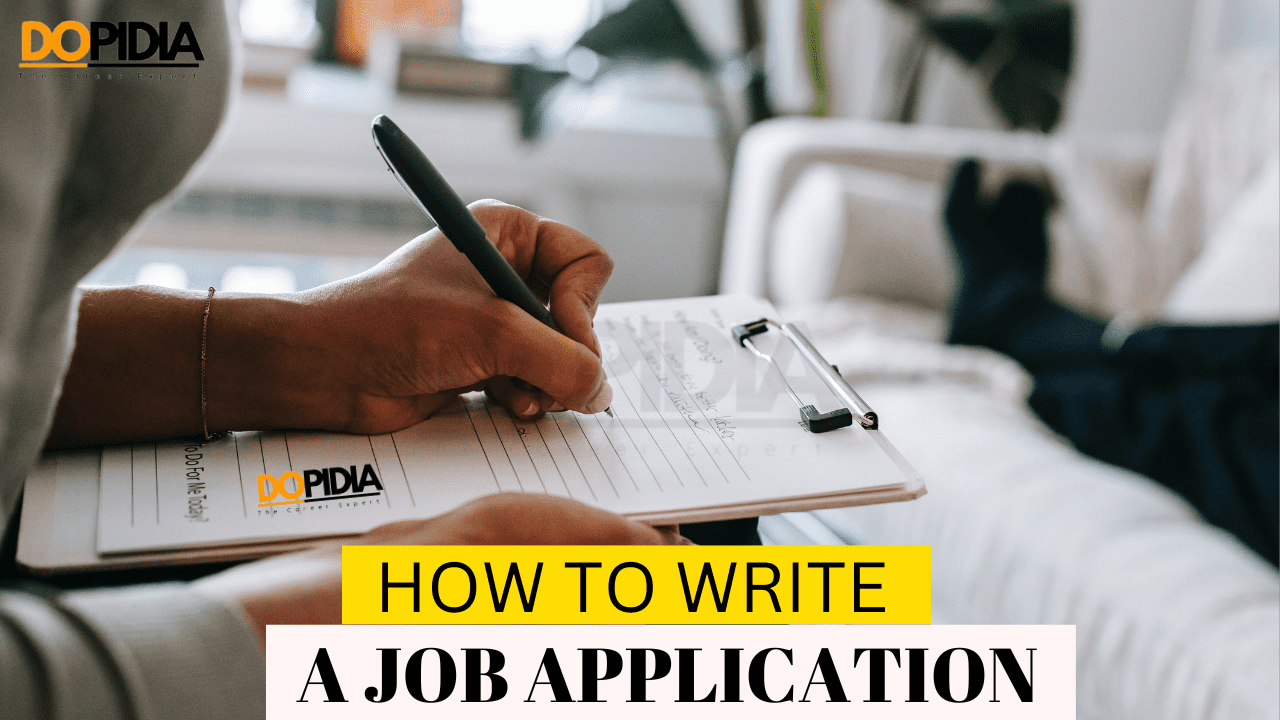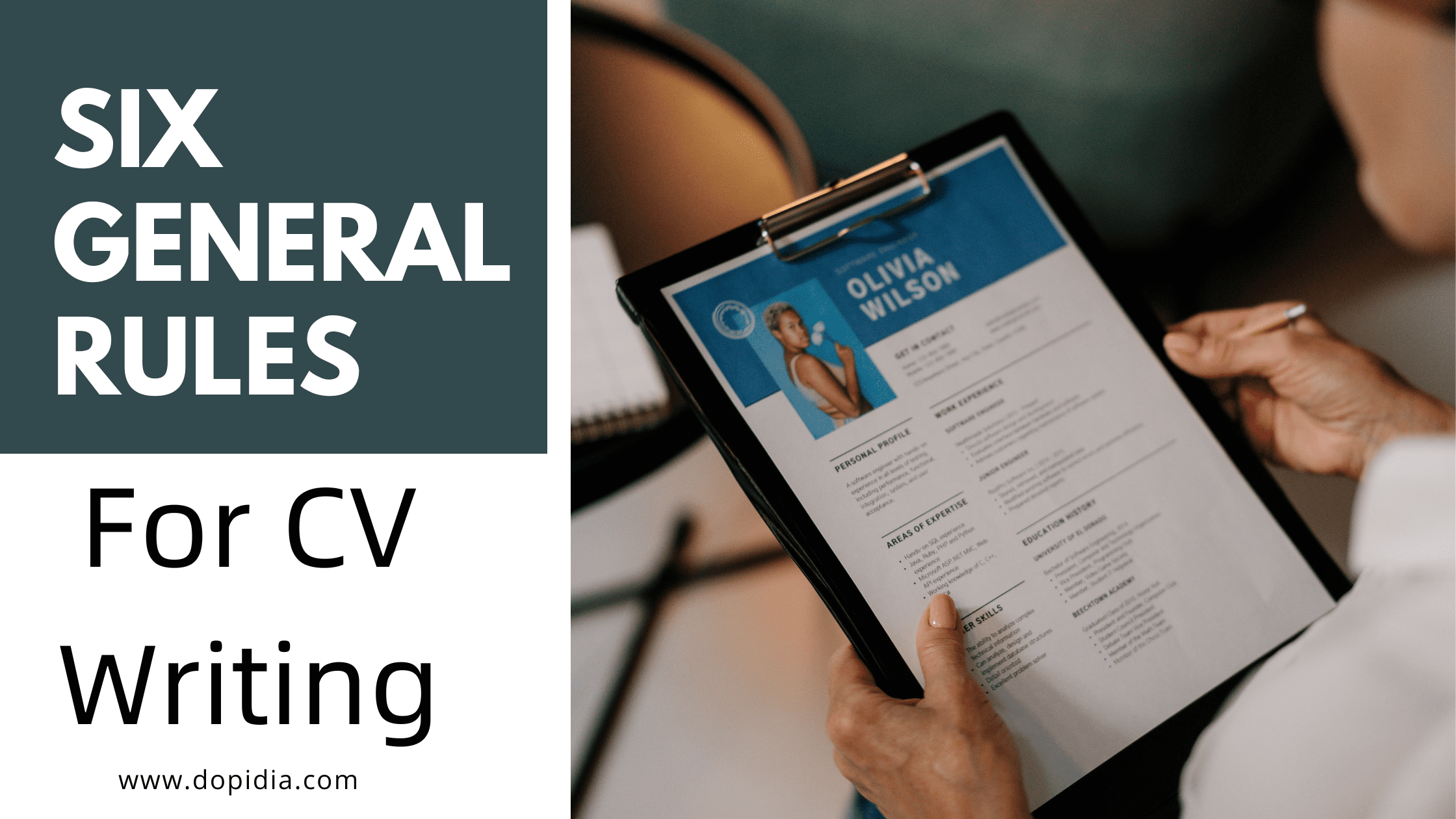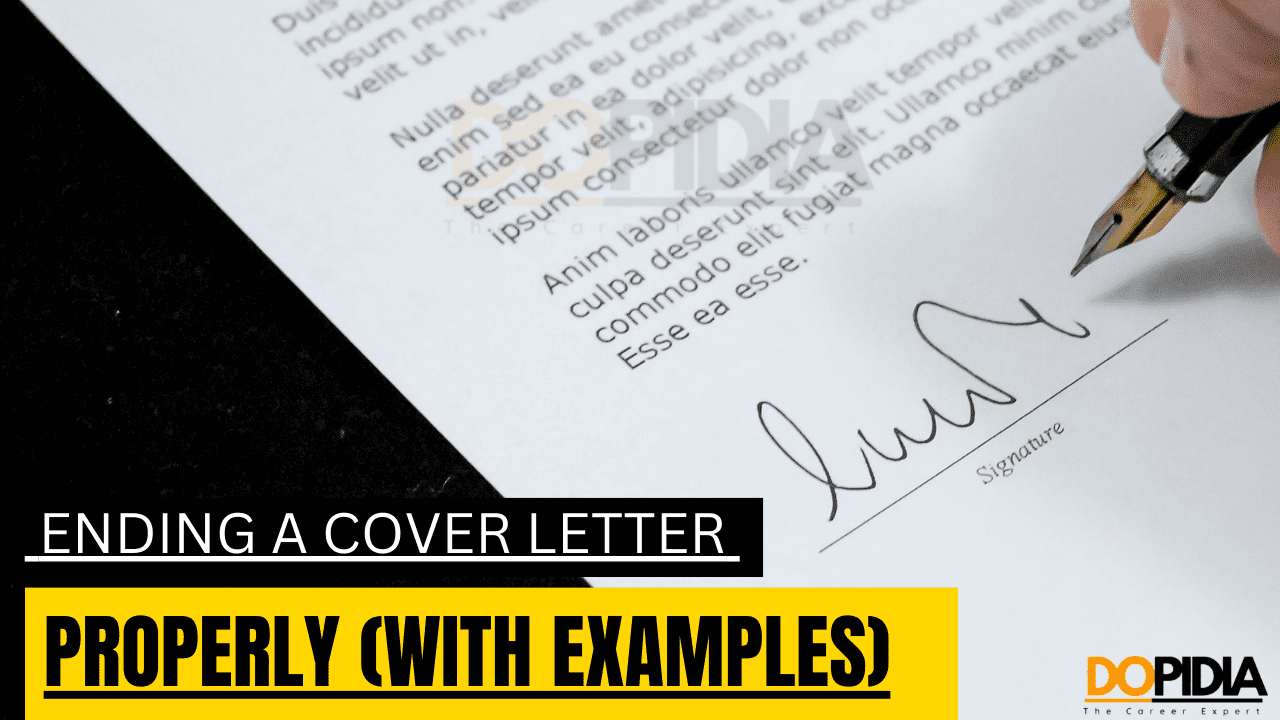How to Write a Job Application
The most important thing when applying for a job is, of course, to write a really good application. It’s through a unique and professional application that you manage to stand out among the many other applicants. So, what exactly is a job application?
You submit a job application when you’re interested in a specific position. It usually consists of your resume, combined with a cover letter. Your resume naturally outlines your previous work experience and other qualifications. The cover letter is centered around you as a person: what your personality is like, what your ambitions are, and what you feel you can offer to the company in question. Sometimes, the employer may ask you to submit other documents, such as transcripts, depending on the type of job in question.
How to Write a Job Application?
There are several different formats to consider for a job application. Examples of these include reverse chronological format, functional format, and combination format. The different formats are suitable for different situations, so it’s important to learn about all three. With the knowledge of the different formats below, it becomes much easier for you to tailor your application to specific positions and industries. This naturally increases your chances of getting the job!
RELATED TOPIC: CV FOR SYSTEM DEVELOPER (WITH EXAMPLES)
Reverse Chronological Format
Many people write their resumes in chronological order. This means that the earliest comes first, and the latest comes last in the document. However, this is not always the most suitable order because the most recent information in your resume is the most important, but it ends up at the bottom of such a CV.
With a resume in reverse chronological format, on the other hand, the latest and thus most relevant experiences come first, and previous experiences follow thereafter. With a reverse chronological format, you write both your previous experience and education in reverse chronological order. This type of CV is commonly called a chronological CV, despite the reverse order, and it’s best suited for those with extensive experience in their field. It also works well when applying for jobs in more traditional industries.
Example of a CV in Reverse Chronological Format
It’s, of course, also very important that you present the information in a neat and orderly manner. This makes it easier for the person reviewing your job application, and it gives a much better impression of you as an individual. Below is a brief example of what a CV with this format might look like. Your actual CV will naturally contain more information about your job responsibilities and the like.
Curriculum Vitae – Johan Andersson Contact Information: ******
Personal Profile Here, you briefly write about yourself as a person, from both a professional and personal perspective.
Work Experience Market Consultant at Job Market Ltd. (2019–2021) Sales Representative at Job Market Ltd. (2017–2019)
Education Master’s Program in Marketing at HHS (2017–2019) Bachelor’s Program in Marketing at HHS (2014–2017)
Other Qualifications Here, you can write more about other qualifications you may have, such as language skills and the like.
READ ALSO: ENDING A COVER LETTER PROPERLY (WITH EXAMPLES)
Combination Format
A CV in a combination format is, as the name suggests, a hybrid between the reverse chronological format and the functional format. Here, you highlight your abilities and skills first. Then, you present your previous experience in a reverse chronological format. This format suits those who primarily want to focus on their competence but also have extensive experience in the industry.
Curriculum Vitae – Karl Kjellgren Contact Information: ******
Personal Profile Brief paragraph about yourself and previous work.
Skills in IT, Microsoft Office, Java, and databases.
Abilities Worked on several personal projects, such as Android applications. Proficient in Java and languages like SQL. Skilled with hardware.
Previous Work Worked on hardware repair at Tech Experts Ltd.
Education Bachelor’s Program in Computer Science (2018–2021)
Work Experience Technician at Tech Experts Ltd. (2017–2021)
Other Qualifications Here, you can write more about other qualifications you may have, such as language skills and the like.
Getting Started with Your Job Application
Writing a job application doesn’t need to be overly complicated. First and foremost, you need to choose the format of your CV that suits you and your needs. You can also familiarize yourself with general guidelines to keep in mind when writing a CV. Then, you need to follow a typical template for the format you’ve chosen. The result will be a really good CV! In practice, however, achieving this might feel difficult, especially if you don’t have much previous experience to write about in your job application.
What Should a Job Application Include?
Your job application must include a cover letter along with your CV. Employers often request additional information about previous qualifications, such as grades or other relevant details for the position you’re applying for. In that case, you must also attach this information to your application. Dedicate the necessary time to compile your job application in a neat and organized manner!
How to Tailor a Job Application to an Employer?
Every position is unique. Your job application must reflect this, otherwise, the employer will notice that you haven’t read the job advertisement thoroughly. This, of course, doesn’t create a professional impression.
You can tailor your job application using a standard template you’ve previously written. Include specific details from the job advertisement and explain why you would be a good fit for the specific position. The level of formality is also important and depends on the job. Not too formal, but not too casual either!
Your Skills Are Most Important
The most valuable thing you have to offer a company is, of course, your skills. It’s recommended that you highlight what you excel at in a clear way. Even if you’re applying for a job you don’t have prior experience in, your skills can play a crucial role in whether you get the job or not. Through past experiences, you acquire transferable skills that are attractive to your future employer. It’s important to emphasize this in your job application, especially if you’re following a functional format.
Do You Need a Photo?
This is a question that doesn’t have an absolute answer; it depends on factors like the country you’re applying for a job and the industry you want to work in. For example, in Japan, you must include a photo in your job application or your application will be discarded immediately. In Sweden, it can vary depending on the position. For a job in an advertising agency, you might want to include a photo, whereas as a doctor, you don’t necessarily need one. However, a photo can help you stand out from the crowd!
Correct Spelling
It’s obviously incredibly important to spell correctly when writing a job application. Misspellings, typos, and poor grammar give a negative impression of you as a potential employee. It indicates that you haven’t taken the time to write your job application properly and conveys a careless feeling.
If you find it difficult to proofread your own text, you can use a service that checks spelling and grammar for you. There are several such services available online. You can also seek the help of a friend or family member who is a skilled writer to ensure that your job application is as professional and polished as possible. This an important step that many forget!
Detailed yet Concise
The recruiter who receives your job application has a stack of various applications to go through. Therefore, it’s important to be concise while providing a detailed and comprehensive picture of yourself as a person and your skills. This balance can be challenging to achieve, but it’s important if you want to increase your chances of getting the job. Remember that the recruiter doesn’t need several lengthy paragraphs about your previous experiences. Usually, one or two sentences are sufficient!
A Personal Letter Can Make a Good Impression
The cover letter is an opportunity for you to stand out among the applicants and make a positive impression even before the interview. Write about yourself in a personal and interesting way. This leads to more interviews in the long run, which increases your chances of getting the job!




